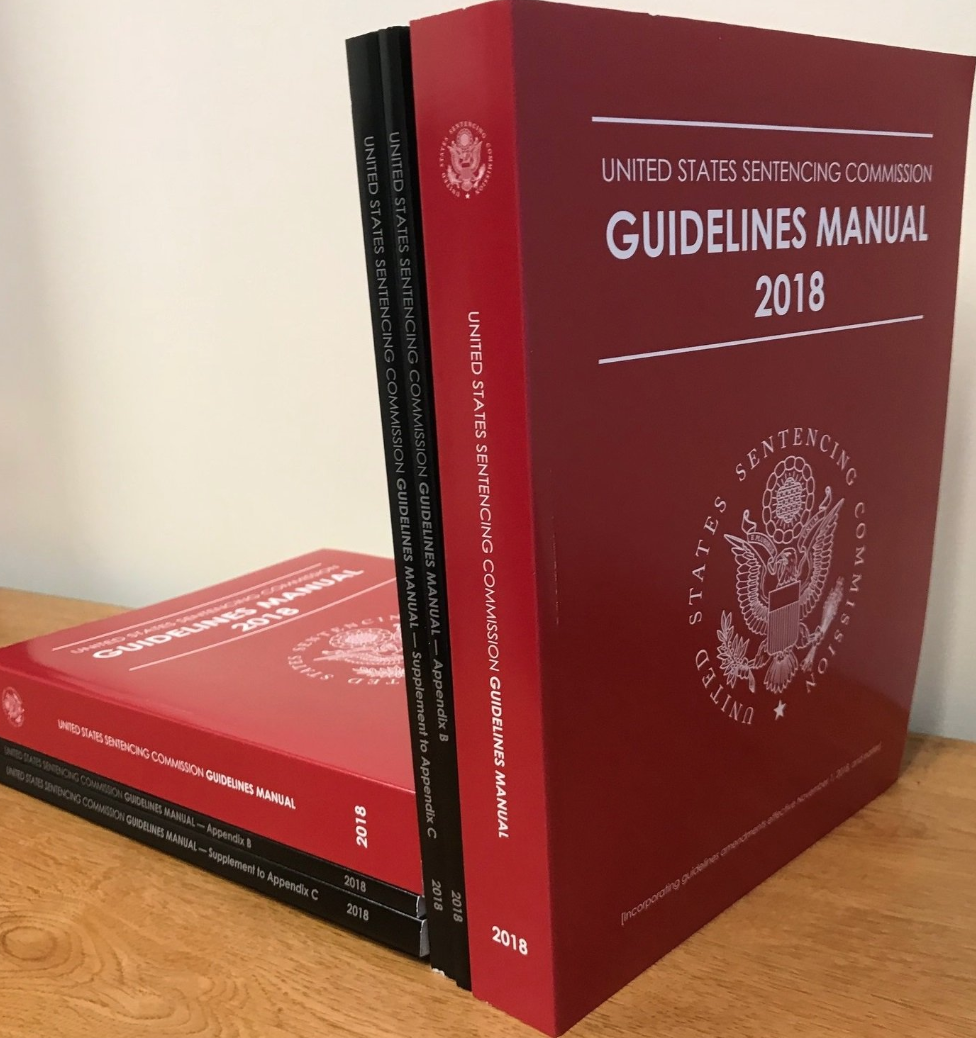New federal sentencing guidelines that took effect November 1 significantly increase the potential prison sentence faced by someone who sells heroin or cocaine laced with fentanyl.
The new guidelines, implemented by the US Sentencing Commission (USSC), “create a four-level enhancement for a defendant who knowingly misrepresents or knowingly markets as another substance a mixture containing fentanyl or a fentanyl analogue.”
As journalist Mike Riggs explained for Reason, this could mean that a person “with little or no criminal history whose case involved between four and eight grams of fentanyl” could go from being given a sentence of 18-24 months, to one of 30-37 months.
Defenders of the guidelines could argue that they only apply to people who intentionally mislead their customers by selling fentanyl marketed as something else—and that those people should be punished for putting others at risk without their consent. But as Riggs writes: “prosecutors don’t have to convince juries of misrepresentation, because 97 percent of federal drug cases conclude in a plea deal. It’s much easier to imagine this enhancement being used as a cudgel to flip suspects and keep cases from going to trial.”
Considering how prevalent fentanyl is—in some places in the Northeast, especially, it is becoming difficult to obtain heroin that has not been adulterated with at least some fentanyl—this could have significant effects. These effects will likely not include deterrence or increased safety.
Rather, in keeping with the “Iron Law of Prohibition,” one consequence will likely be the “emergence of new substances that are even more dangerous,” as the ACLU, the Criminal Justice Policy Foundation, the Drug Policy Alliance and the Sentencing Project wrote in a joint public comment to the USSC last year.
“Law enforcement crackdowns on the heroin and fentanyl supply have incentivized the illicit manufacture and distribution of fentanyl analogues such as [the often more potent] carfentanil and acetylfentanyl,” which have “emerged in recent years, as illicit chemists attempt to work around laws prohibiting them,” they wrote. “The risks and harms associated with fentanyl will only be made worse by strict sentencing guidelines that enhance criminal penalties for fentanyl sale or use.”
The overdose crisis has brought a shift to “calls for compassion and treatment, rather than incarceration, for people addicted to drugs,” as Tessie Castillo wrote recently for Filter. But that’s not the whole story. “Softer” rhetoric has been accompanied, as she noted, by rising “[c]alls to harshly punish people who sell drugs […] ranging up to and including the death penalty.”
These guidelines are just the latest example of that increased harshness.





Show Comments
Comments are closed.